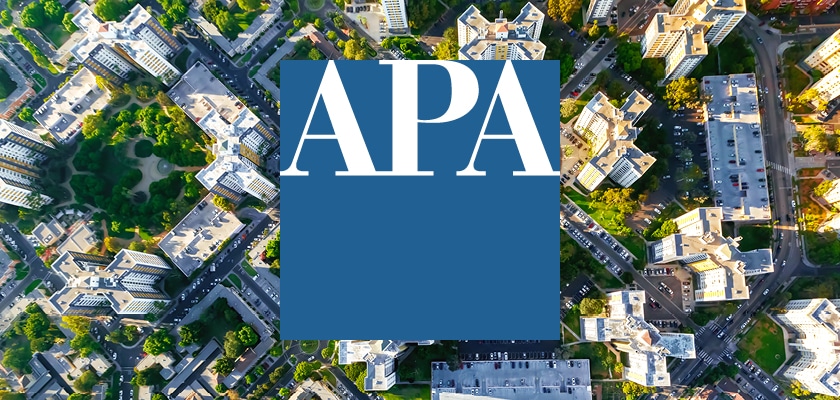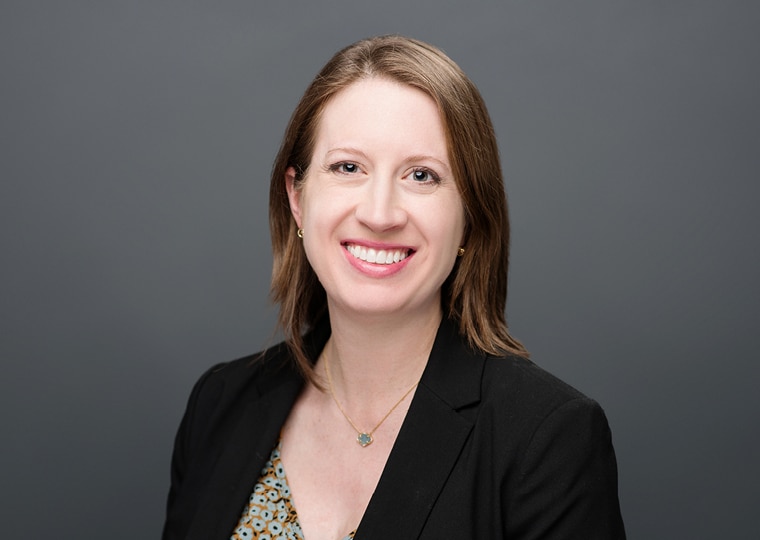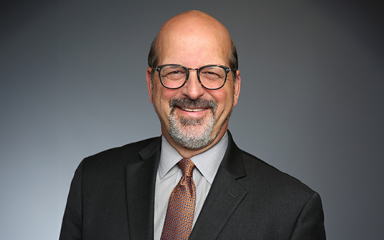
Member of our transportation and infrastructure practice’s planning team recently addressed some key issues affecting the industry – including diversity, equity and inclusion – as part of the American Planners Association’s 2022 National Conference.
Samantha Bromberg, James Wade, and Timothy Douglas, all participated in the virtual event as presenters, and panel organizers and moderators, with the ultimate goal of “partaking in a sharing of ideas,” Bromberg said. “In bringing back some of what we discussed to colleagues and clients, it allows us to find new ways to implement innovation in the work that we do at STV.”
In one panel organized by Bromberg, “Planning for Generation Z and the Common Good,” which was also moderated by Douglas and featured Wade as a speaker, several generational and cultural shifts in the planning practice were examined, including how to balance an urgency for climate change initiatives with the need for informed public engagement. The presentation also looked at some of the changes to the physical form of cities and neighborhoods and how they are attributed to remote work and ongoing digitization. Additional topics comprised the implications of geographic and demographic shifts in the planning profession, and opportunities for cross-generational collaboration.
“I think one takeaway from the conference are the impacts of demographic changes that come in the form of an age curve inversion,” Douglas said. “For example, there’s going to be a growing number of elderly people while family size is declining. That is going to change the way that cities are planned, most notably the housing.”
Douglas also developed and moderated his own panel, “How Planners Can Avoid Becoming Victims of Automation,” which also featured Wade as a speaker. In highlighting technology and automation trends in planning – specifically the rise of big data, city simulation, and land use scenarios – panel participants discussed the new responsibilities planners may expect, such as the advancement of data aggregation and analyses, and 3-D modeling technologies that provide new and faster methods to preview area regulations and engage the public during the decision-making process.
“Whether it’s the new generation or new technology, the main focus of the conference is how we are building better,” Douglas said. “We need to leverage these trends to serve disadvantaged communities and provide better services for our clients.”






